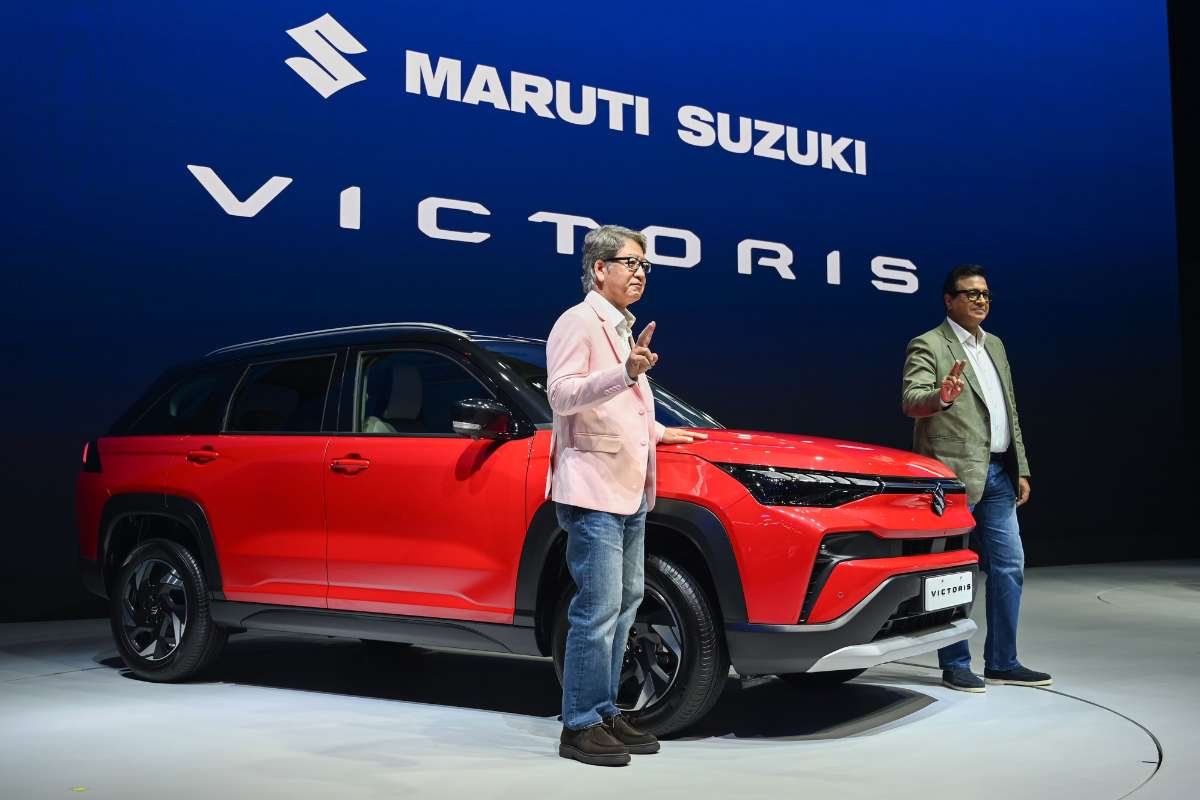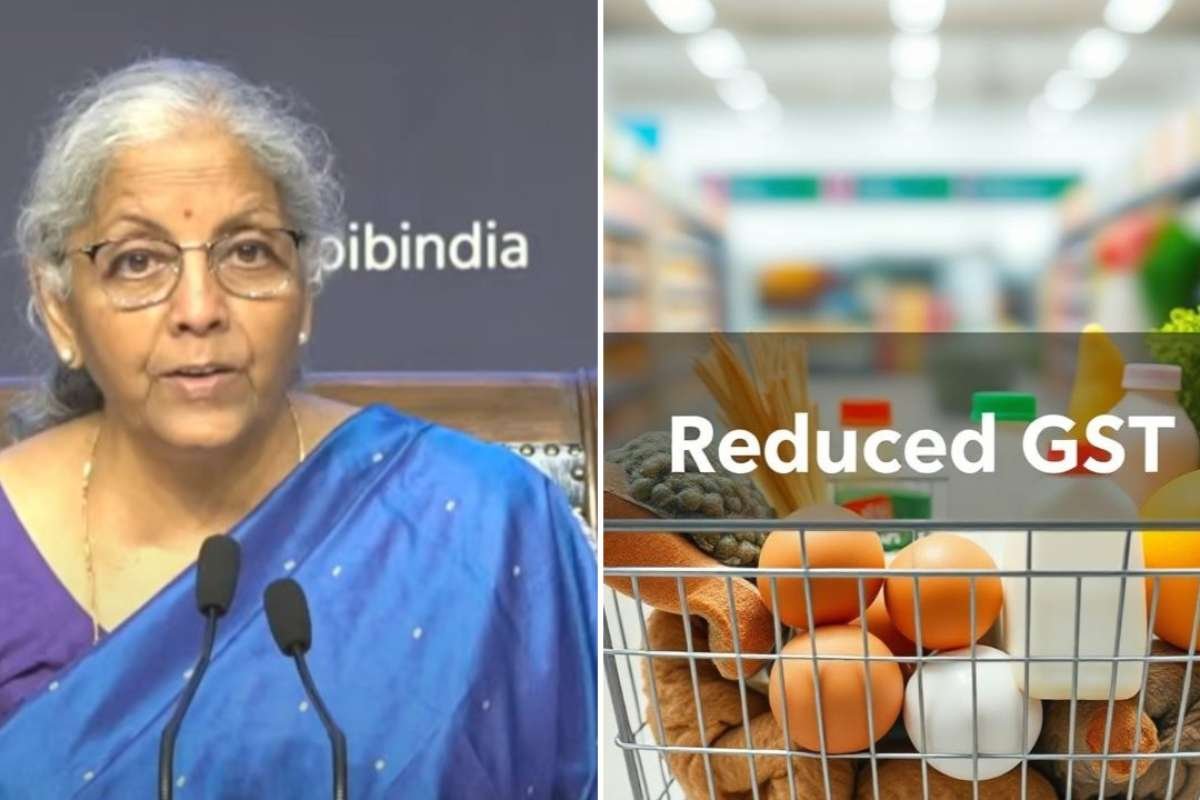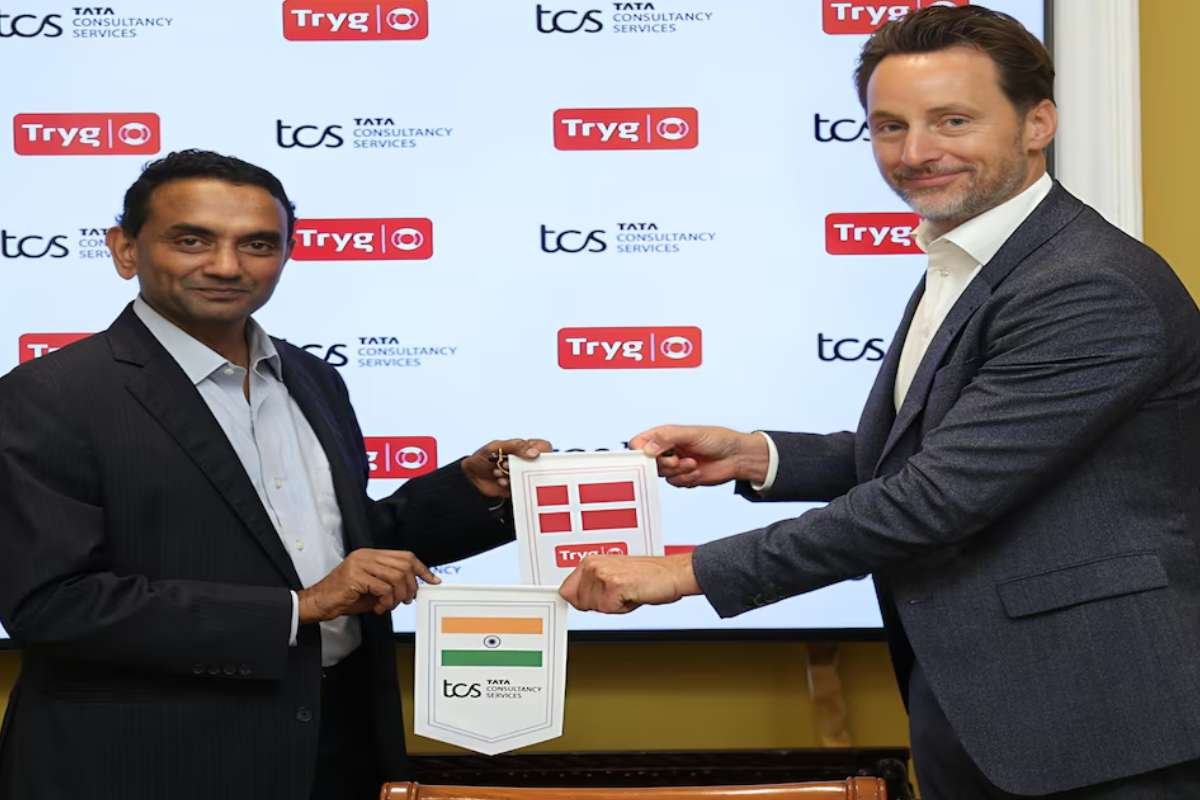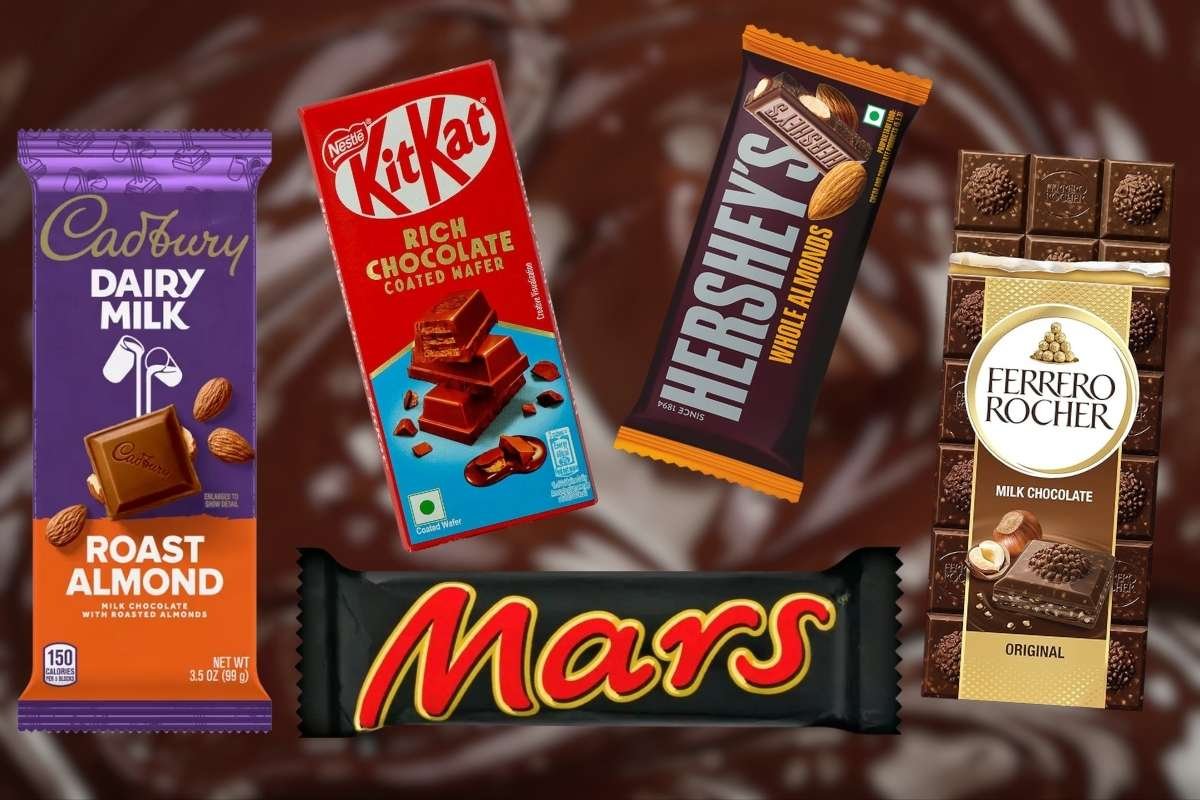Key Points:
- Maruti launches Victoris SUV in ICE, hybrid, and CNG; EV rollout delayed.
- Localized hybrid batteries boost affordability and meet fuel-efficiency demand.
- Hybrid/CNG strategy bridges infrastructure gaps and slow EV uptake.
Maruti Suzuki India Ltd has launched the Victoris, a mid-size SUV offered in internal combustion (ICE), hybrid, and CNG variants. The vehicle will be sold through the company’s Arena dealership network, underscoring its mass-market positioning and competitive pricing strategy. Despite starting EV production, Maruti’s electric vehicle launch for the domestic market remains uncertain, with the company indicating it may arrive later this financial year.
The Victoris enters a highly competitive market, taking on rivals like Hyundai Creta, Kia Seltos, and Mahindra Scorpio-N. Maruti’s decision to emphasize hybrid and CNG technology signals a measured approach to electrification in India, where infrastructure and affordability remain barriers to mass EV adoption.
Localization, Affordability Drive Hybrid Push
At the launch, Maruti Suzuki managing director and CEO Hisashi Takeuchi highlighted the localized production of lithium-ion batteries used in the Victoris hybrid. “The start of production of these batteries began recently at our fellow subsidiary TDSG in Gujarat,” he said, noting that localization helps reduce costs for Indian consumers.
The company’s hybrid strategy also aligns with consumer demand for fuel-efficient alternatives without the price premium and charging challenges of EVs. Senior marketing and sales officer Partho Banerjee emphasized Maruti’s “technology-agnostic” approach, offering ICE, hybrid, and CNG powertrains to suit customer needs.
Industry experts suggest Maruti’s focus on hybrids could help it capture market share from diesel SUVs. “Leveraging its Japanese partnerships, Maruti holds an edge in hybrids, having successfully localized the technology,” said Puneet Gupta, director at S&P Global Mobility.
EV Roadblocks Persist
Maruti’s cautious approach to EVs reflects persistent challenges in India. Company chairman R.C. Bhargava has repeatedly pointed to the lack of domestic battery cell manufacturing as a major hurdle, keeping costs high and limiting scalability. While companies assemble battery packs, core cell production remains absent in India.
EV adoption in the country has been slow, with electric cars accounting for just 4.5% of passenger vehicle sales in July, up from 2.5% a year earlier. Most buyers use EVs as secondary vehicles, deterred by high prices, limited charging infrastructure, and range anxiety. Global supply constraints, including China’s restrictions on rare earth exports, have further complicated the rollout.
In contrast, Maruti sees hybrids as an immediate step toward lowering emissions. According to company data, strong hybrids can increase energy efficiency by up to 44% and cut carbon dioxide emissions by around 31% compared with conventional petrol vehicles.
Short-Term Bet on Hybrid and CNG
Alongside hybrids, Maruti is optimistic about CNG, modifying the Victoris platform to fit the tank under the vehicle body and free up boot space. The company is not setting sales targets for each variant but remains committed to offering multiple options to address varying consumer preferences.
Rahul Bharti, senior executive officer for corporate affairs, noted that while EV penetration is below 3% in India, hybrids complement rather than compete with EVs. “The purpose and effect of strong hybrids is to replace pure diesel or petrol vehicles,” he said.
With Victoris, Maruti Suzuki has positioned itself to capture demand in India’s fast-growing SUV market while delaying its EV ambitions for an international-first strategy. For now, hybrids and CNG remain the company’s pragmatic response to consumer demand, infrastructure gaps, and affordability concerns.
Also Read: Top Automotive Companies in India Shaping the Nation’s Mobility Future






